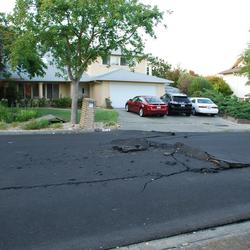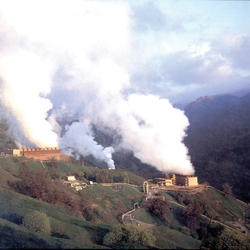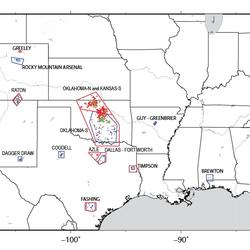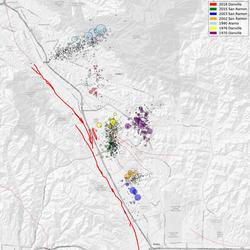Map showing aftershock zones of great Aleutian Islands earthquakes in the 20th century
Map showing aftershock zones of great Aleutian Islands earthquakes in the 20th centuryMap showing aftershock zones of great Aleutian Islands, Alaska, earthquakes in the 20th century. Red solid line with pink fill indicates aftershock zone of the 1957 Aleutian Islands earthquake from Sykes et al.
















